Chao-Yi Li
Improving Color Constancy by Discounting the Variation of Camera Spectral Sensitivity
Nov 01, 2016
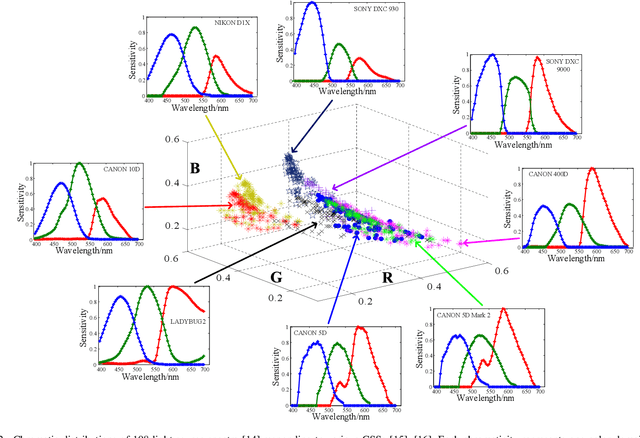
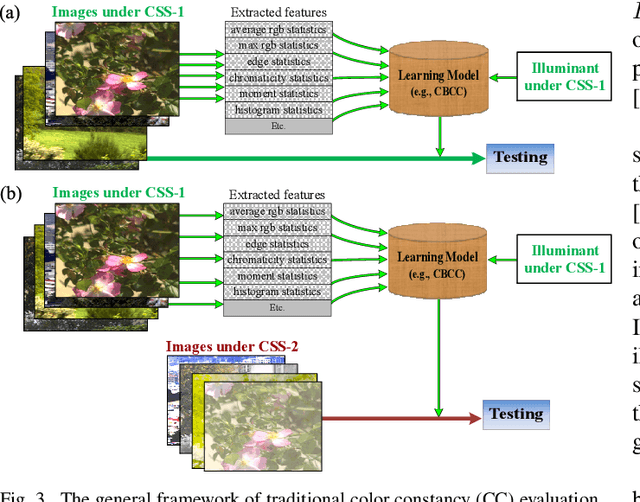
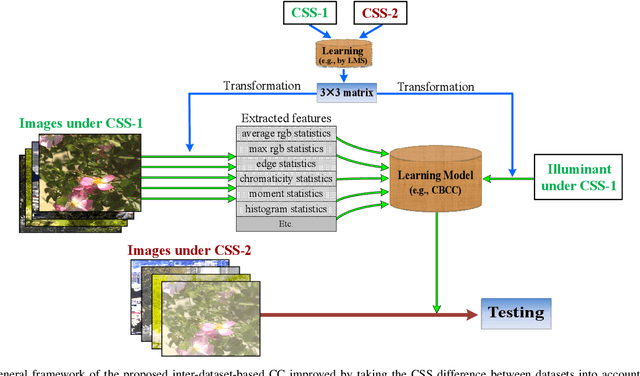
Abstract:It is an ill-posed problem to recover the true scene colors from a color biased image by discounting the effects of scene illuminant and camera spectral sensitivity (CSS) at the same time. Most color constancy (CC) models have been designed to first estimate the illuminant color, which is then removed from the color biased image to obtain an image taken under white light, without the explicit consideration of CSS effect on CC. This paper first studies the CSS effect on illuminant estimation arising in the inter-dataset-based CC (inter-CC), i.e., training a CC model on one dataset and then testing on another dataset captured by a distinct CSS. We show the clear degradation of existing CC models for inter-CC application. Then a simple way is proposed to overcome such degradation by first learning quickly a transform matrix between the two distinct CSSs (CSS-1 and CSS-2). The learned matrix is then used to convert the data (including the illuminant ground truth and the color biased images) rendered under CSS-1 into CSS-2, and then train and apply the CC model on the color biased images under CSS-2, without the need of burdensome acquiring of training set under CSS-2. Extensive experiments on synthetic and real images show that our method can clearly improve the inter-CC performance for traditional CC algorithms. We suggest that by taking the CSS effect into account, it is more likely to obtain the truly color constant images invariant to the changes of both illuminant and camera sensors.
Salient Structure Detection by Context-Guided Visual Search
May 17, 2015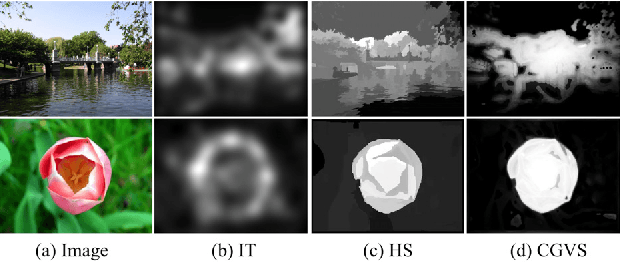
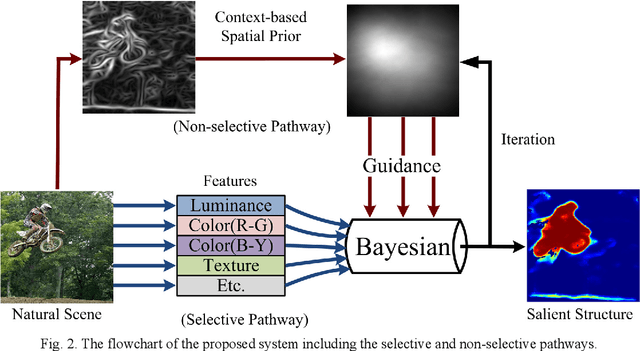
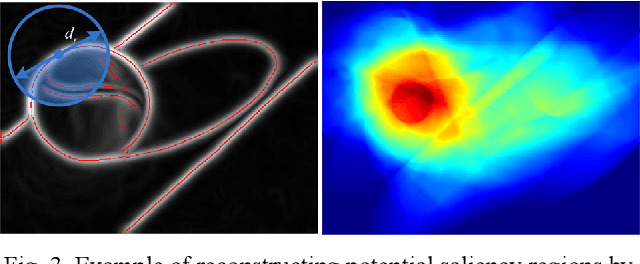
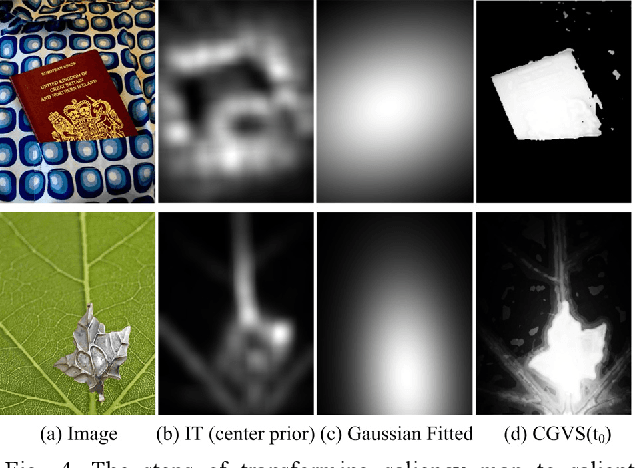
Abstract:We define the task of salient structure (SS) detection to unify the saliency-related tasks like fixation prediction, salient object detection, and other detection of structures of interest. In this study, we propose a unified framework for SS detection by modeling the two-pathway-based guided search strategy of biological vision. Firstly, context-based spatial prior (CBSP) is extracted based on the layout of edges in the given scene along a fast visual pathway, called non-selective pathway. This is a rough and non-selective estimation of the locations where the potential SSs present. Secondly, another flow of local feature extraction is executed in parallel along the selective pathway. Finally, Bayesian inference is used to integrate local cues guided by CBSP, and to predict the exact locations of SSs in the input scene. The proposed model is invariant to size and features of objects. Experimental results on four datasets (two fixation prediction datasets and two salient object datasets) demonstrate that our system achieves competitive performance for SS detection (i.e., both the tasks of fixation prediction and salient object detection) comparing to the state-of-the-art methods.
* 13 pages, 15 figures
 Add to Chrome
Add to Chrome Add to Firefox
Add to Firefox Add to Edge
Add to Edge